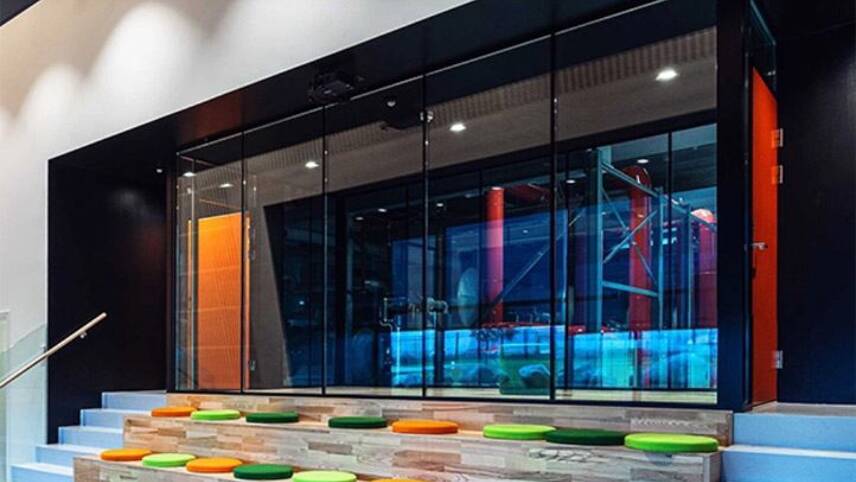Register for free and continue reading
Join our growing army of changemakers and get unlimited access to our premium content

The data centre is co-located with a wind farm. Image: Facebook Tech
Facebook’s energy specialist Lauren Edelman confirmed the milestone in a blog on Tuesday night (7 July), stating that the district heating system will benefit 6,900 homes across the region.
The technology captures low-temperature heat generated by the thousands of servers at the data centre. Rather than using air-based capture, the system directs warm air across copper coils filled with water. The water is then routed to a heat pump facility operated by local heating company Fjernvarme Fyn, ready for transfer to homes.
Facebook estimates that it will be able to donate 100,000MWh of heat, which would otherwise have been wasted, to local communities through the system. Up to 25W per hour of usable heat will be captured.
Other similar district heating projects, recycling waste heat from corporates, do exist in Denmark – but Facebook claims that its data centre has scaled the technology to a “level not yet reached” nationally or globally.
“Heat pumps are not new – they are a very big part of the Danish heating strategy to phase out coal and natural gas — and neither are coils to recover heat,” Edelman said. “It’s the pairing of these two at hyperscale that is innovative.”
Edelman claims that the sustainability mission of the Odense data centre began before it came online in September 2019.
The facility is co-located with a wind farm that generates more than twice the amount of electricity used by the data centre itself. Facebook helped fund the wind farm through a power purchase agreement (PPA), stating that it chose the Odense location for the “ability to connect to a highly reliable Nordic electric grid with opportunities to add new sources of renewable energy”.
Denmark is notably striving to phase-out coal-generated heat by 2030. Odense claims it can meet this target seven years ahead of schedule.
First sustainability report
The district heating system announcement comes in the same week that Facebook published its first sustainability report, revealing that it is on track to meet its core 2020 environment goals.
These are a commitment to reduce Facebook’s absolute greenhouse gas (GHG) emissions by 75% by the end of the year, against a 2017 baseline, and to procure 100% renewable energy.
As of 2019, Facebook’s absolute GHG emissions were 59% lower than in 2017 and it met 86% of its electricity consumption with renewable generation. The social media giant was named by Bloomberg NEF in 2019 as the US’s largest corporate renewable energy buyer, after signing an 18-deal package to boost its global clean energy portfolio by 40%.
Green campaigners have long been urging Facebook to publish a sustainability report and to implement measures to stop the spread of climate-related fake news on its platforms.
On the latter, Facebook has created a Climate Conversation Map – a digital tool providing academics, policymakers and NGOs with data and insights about how conversations on climate change are evolving at different times and in different geographies. It is also preparing to change its provisions around dishonest and abusive content in the wake of the Stop Hate For Profit campaign.
Sarah George


Well that’s one way to do it!
I remember while living in France there was a system where householders could host an Internet server in their home to benefit from the "heating" for a small fraction of their bandwidth. The company even paid you for the electricity the server used.
This is scaling that idea up to the nth degree and is an excellent way of using the same energy more than once.
I’d still host a couple of Facebook et al servers either under my stairs or even under my floors to benefit from the warmth the average server pumps out daily